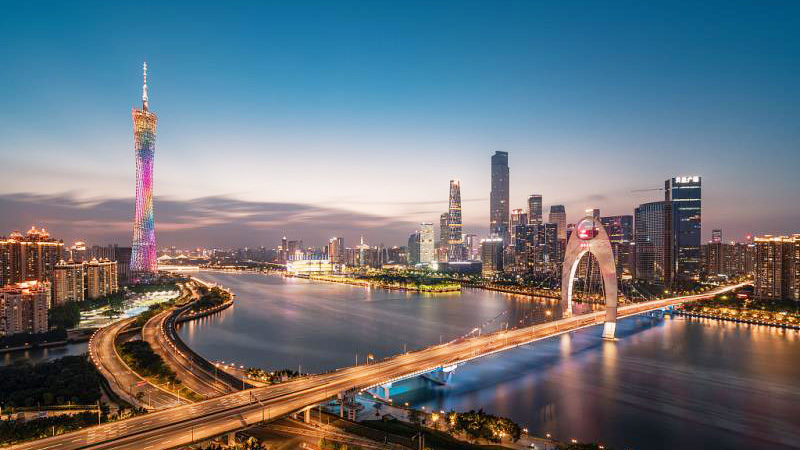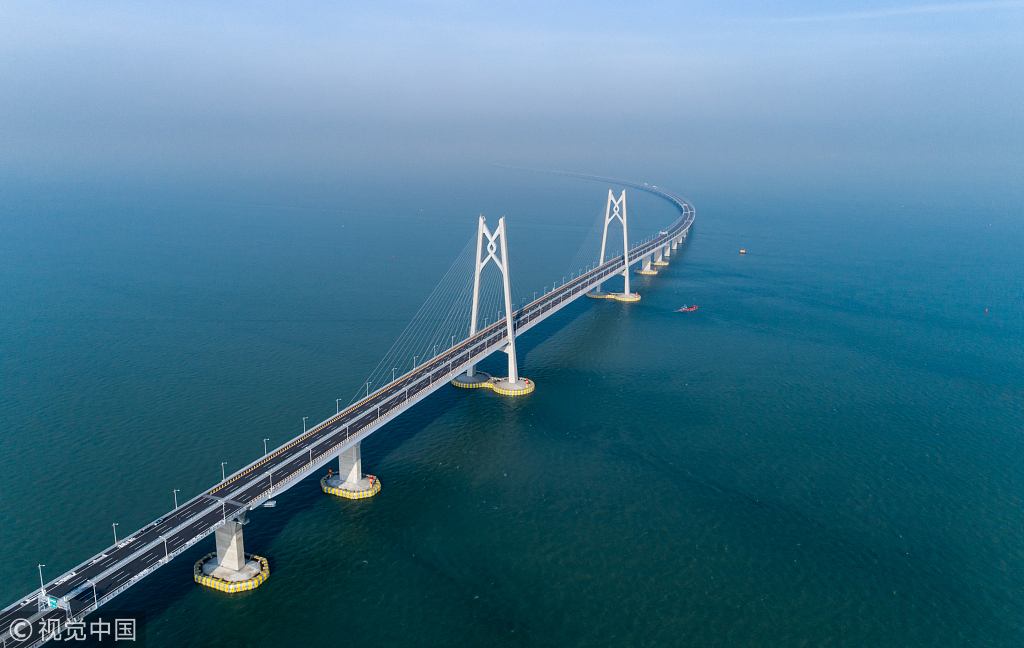
Economy
17:57, 19-Feb-2019
Greater Bay Area expected to boost China's economy
CGTN's Zou Yun
02:54

China unveiled a blueprint for the Guangdong-Hong Kong-Macao Greater Bay Area on Monday. The Area is expected to boost China's economy, but how exactly will it do that?
Regions and cities in the Greater Bay Area have different advantages and roles. For instance, the cities of Dongguan and Foshan are home to many of the region's manufacturing factories while Shenzhen has established itself as China's Silicon Valley. Hong Kong, Guangzhou and Shenzhen are already three of the world's 10 busiest container ports. Hong Kong, Guangzhou and Shenzhen have also been key economic drivers in this region, registering the highest GDP growth in the nation. In 2017, the GDP of the Greater Bay Area surpassed 10 trillion yuan, that's about 1.5 trillion U.S. dollars.
The area takes up about one percent of China, and its population accounts for less than five percent of the national total, but it contributed more than 10 percent of the country's GDP.
Construction of mammoth infrastructure projects such as roads, bridges, railways and airports are already underway. For instance, the Hong Kong-Zhuhai-Macau Bridge which opened last October is the world's longest cross-sea bridge.

Hong Kong-Zhuhai-Macau Bridge. /VCG Photo
Hong Kong-Zhuhai-Macau Bridge. /VCG Photo
Other projects include the Guangzhou-Shenzhen-Hong Kong Express Rail Link. During the National Day holiday period last October, it handled a total of around 650,000 passenger journeys between Hong Kong and different cities on the Chinese mainland. Those projects have not only provided convenient cross-boundary services to passengers and vehicles, but are also said to have boosted public confidence in regional development.

SITEMAP
Copyright © 2018 CGTN. Beijing ICP prepared NO.16065310-3
Copyright © 2018 CGTN. Beijing ICP prepared NO.16065310-3